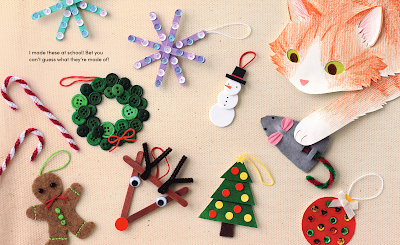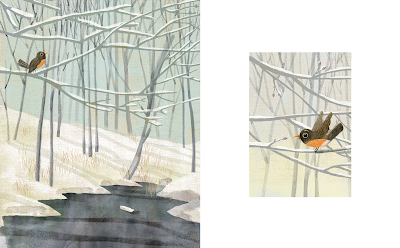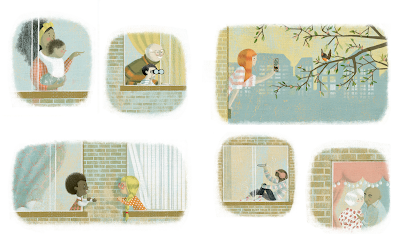Written and illustrated by Joanna Cacao
Clarion Books
978-0-35-865011-9
272 pp.
Ages 8-12
November 2023
Reviewed from ebook
 |
| From The Secret of the Ravens, written and illustrated by Joanna Cacao |
When the two go after the active venom of a titan snake, Liza is injured, and no one will help them without payment, so Seb takes them to a mage in the forest who does not charge. Isra, who was rumoured to have fought in the Human-Ryven War a century earlier, agrees to help but she can only create an antidote if they acquire the egg of a crowned eagle, a black lily, and jadeite. And so, as Liza remains with Isra in her cave, Elliot and Seb pursue the elusive ingredients she requires.
 |
| From The Secret of the Ravens, written and illustrated by Joanna Cacao |
But the ingredients are more elusive than they realize. The egg may be tricky but possible, but Seb learns from his friend and commander, Leya, that the black lily is extinct, and jadeite is so rare that perhaps only Queen Reyna has a necklace with it.
 |
| From The Secret of the Ravens, written and illustrated by Joanna Cacao |
And so, the two boys, one a disciplined apprentice with friends in the castle and the other a brother with limited magic skills but a desperation to help his sister, must work together, never knowing whom they can trust, perhaps not even each other.
 |
| From The Secret of the Ravens, written and illustrated by Joanna Cacao |
The Secret of the Ravens is Winnipeg's Joanna Cacao's debut as both author and illustrator, and, judging by the open ending of this story, it will not be her last. She's got lots more story to tell, whether it's about a family that needs reuniting or a family that needs to be created–there is a very subtle spark between Seb and Elliot–or because of the historical clash between the Humans and Ryvens. And there's always magic to be learned and to be worked.
Family is paramount here, though by creating a new world in which Humans mistreated Ryvens, in which magic and mages are common, and in which unusual species like the titan snake and black lily exist, Joanna Cacao has blended the familiar with the fantastic. The twins and Seb look like any young people, as are their challenges to survive and thrive. But the other elements take the story to a different level. With ease, Joanna Cacao has given us a world in which the supernatural is natural and magic–documented in an appendix to the story–can make things happen. Her art gives us both that reality and the fantastic, depicting characters who look like us but can teleport between locations, castles and forests of extraordinary beauty and detail, and snazzy and brassy magic with spells cast with words like Sumabog and Pakawalan. (Interestingly, casting spells use words that seem to reflect Joanna Cacao's Filipino heritage.)
 |
| From The Secret of the Ravens, written and illustrated by Joanna Cacao |













































